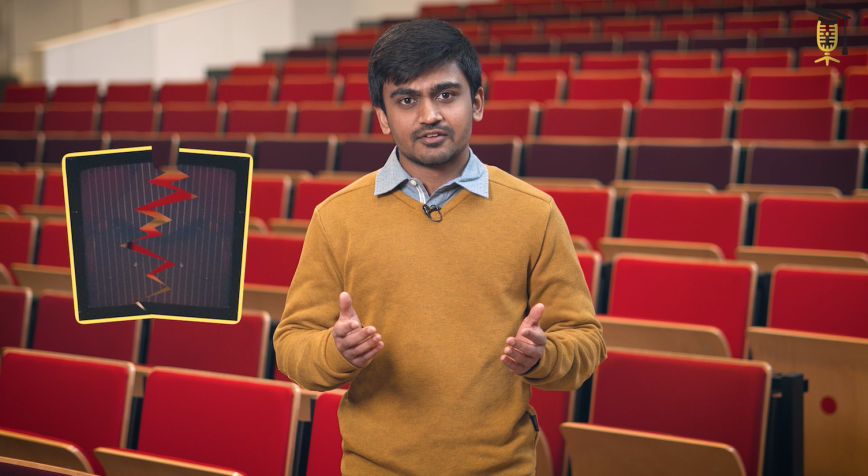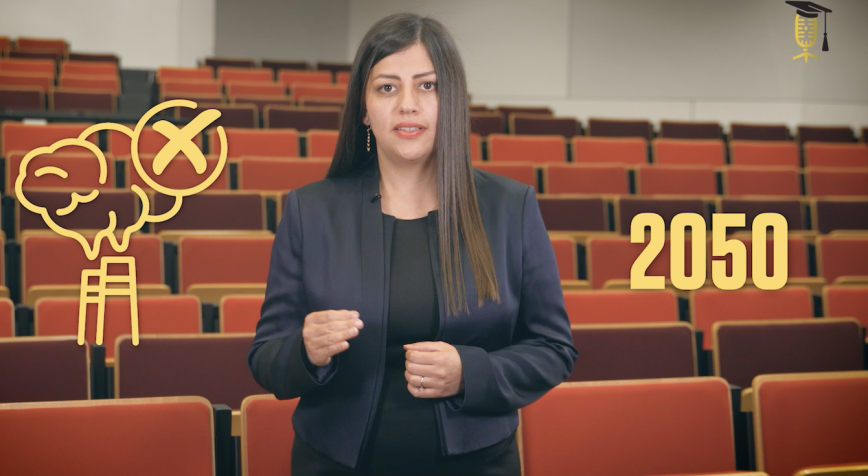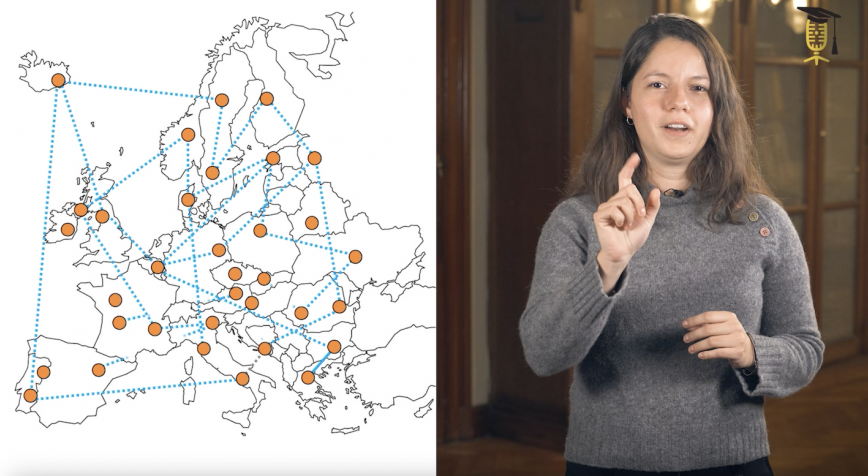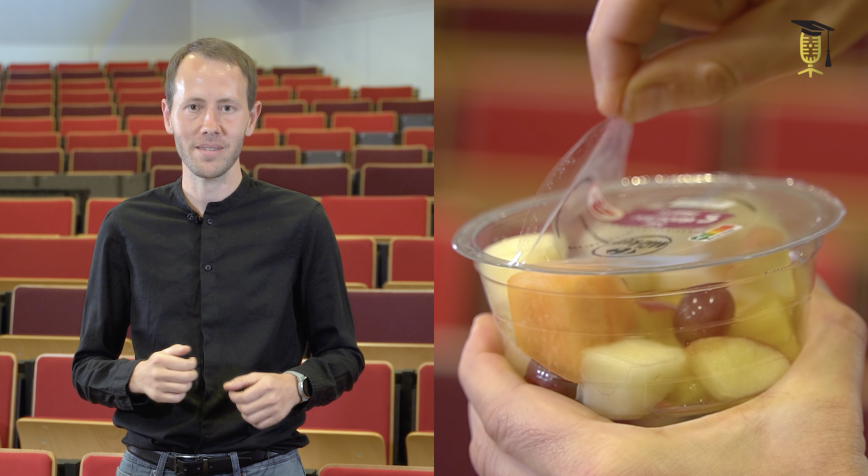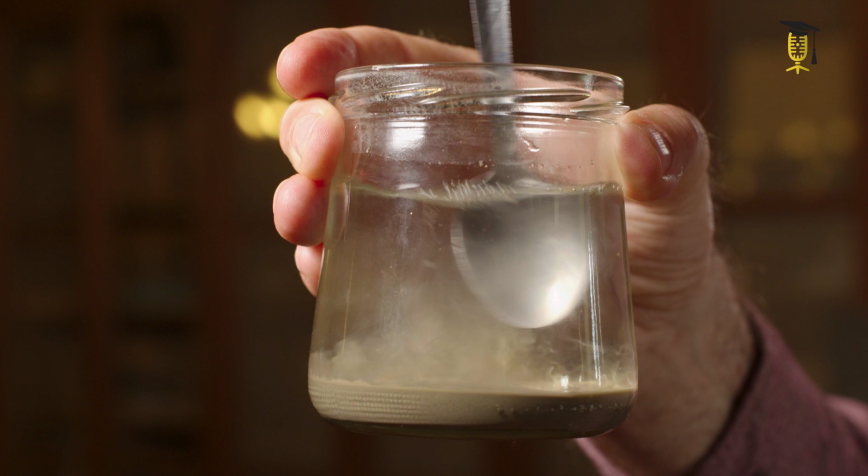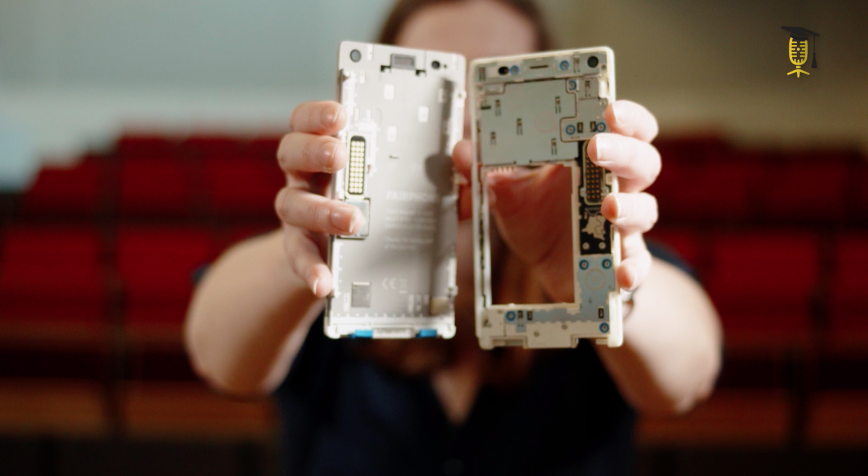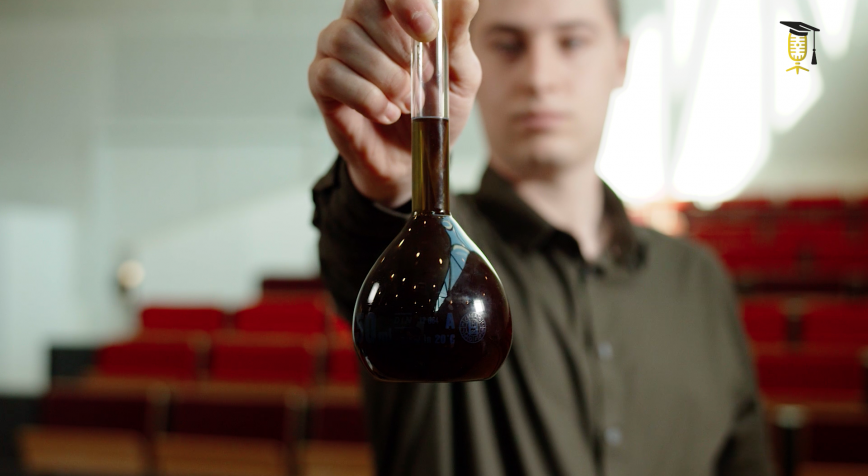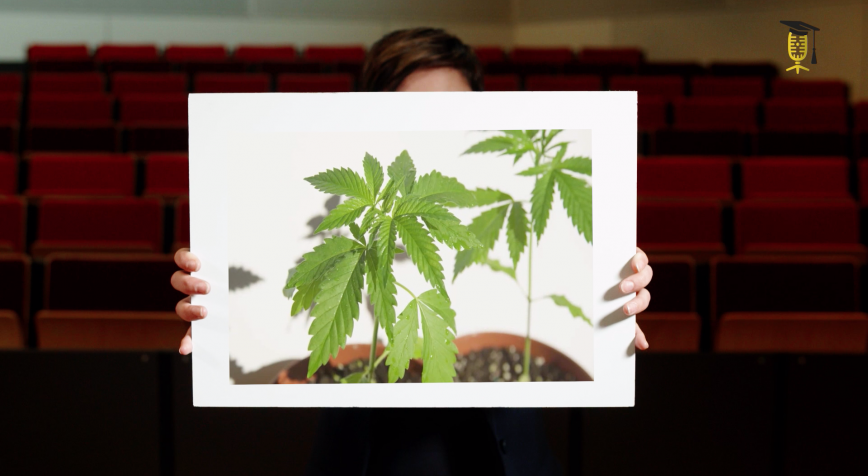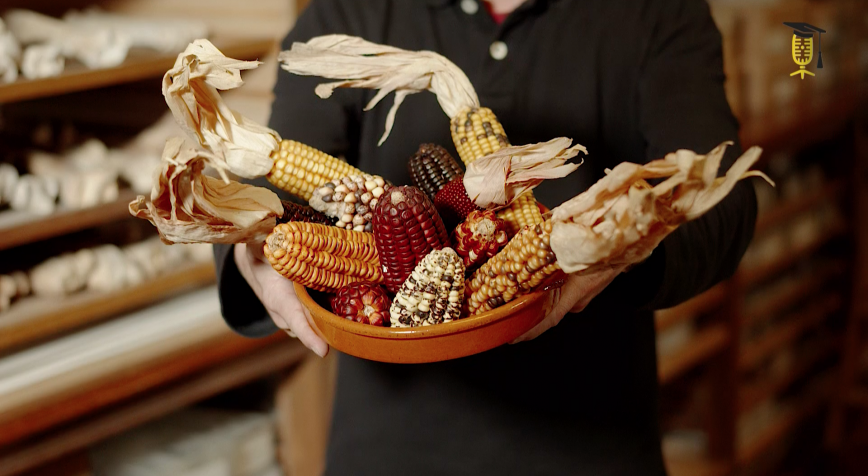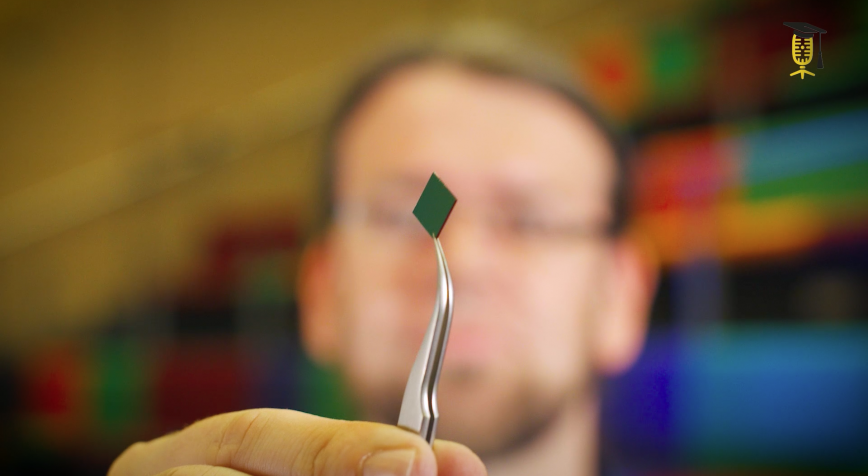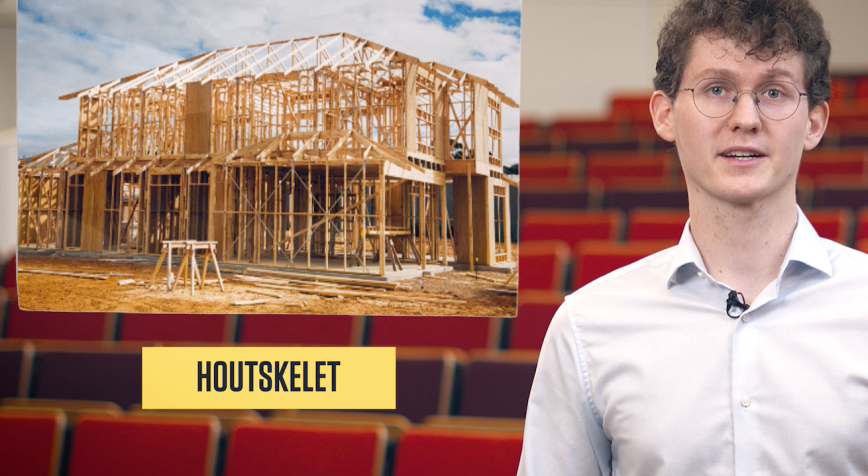
UHasselt
How safe are our timber-frame buildings?
Have you ever seen a timber-frame building? 🏠 You might be wondering how safe such a structure actually is. Well, the truth is that we don't quite know yet. Structural engineer Dries Byloos 👷 tells you why and how he is pushing for safer and taller timber-frame buildings.
